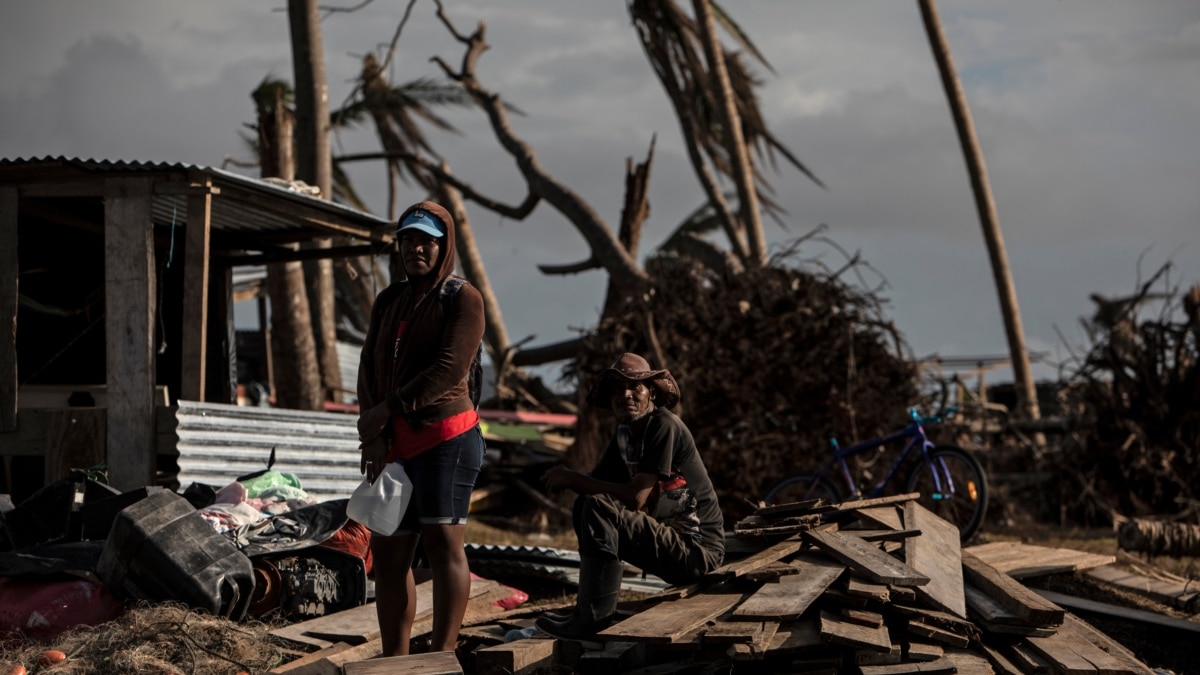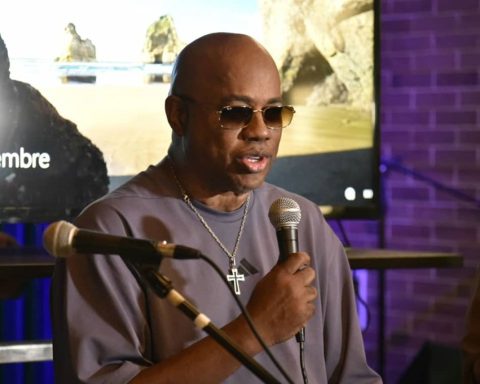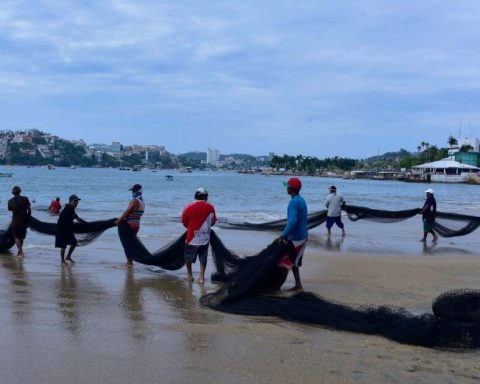Nicaragua has been affected for the last 30 years by deadly hurricanes that have hit the national territory, leaving hundreds dead and thousands of people displaced as a result of natural phenomena.
In the last three years alone, at least three hurricanes have impacted the Nicaraguan Caribbean. The first hurricane that has reached the country this season has been Julia, which is currently moving within national territory.
However, in 2020, at least two category 4 and 5 hurricanes, which is the highest level of danger, hit the country with a difference of 15 days. Is about Eta and Iota, which hit the Autonomous Region of the North Caribbean Coast (RACCN), leaving entire communities isolated for several days, due to the flooding of rivers, but what is the reason that so many hurricanes hit Nicaragua?
Nicaraguan agrometeorologist Agustín Moreira points out to the voice of america that the Central American country has always had a characteristic that favors the impact of natural phenomena and that is its geographical position.
“Nicaragua is in the center of the center of the Americas, it is within the corridor of hurricanes,” says the expert and adds for that reason “we are sometimes rewarded with their presence or in other cases we only see them pass from a distance” .
Although the current hurricanes have not left a high number of victims, in October 1998 there was one that hit the country in category 5 and was considered “the deadliest” since it left more than 3,000 dead. It’s about Hurricane Mitch.
The natural phenomenon made landfall between Nicaragua and Honduras, in the latter country there were also hundreds of deaths and material damage.
With hurricanes Eta and Iota there were about 200 deaths, mostly in Honduras and Guatemala. In Nicaragua they died 21 people due to landslides, although the government of Daniel Ortega assured that it was not directly due to natural phenomena.
The Minister of Finance and Public Credit of Nicaragua, Iván Acosta, specified that Eta, which made landfall on November 3, 2020, caused damage estimated at 178 million dollars, while Iota, which made landfall on November 16 of the same year, “had a national impact” and caused losses of 564 million dollars.
Does climate change affect?
The scientist Jaime Incer Barquero, who served as an advisor to the Nicaraguan presidency on environmental issues, told the voice of america, that the Central American nation, like all countries in the world, is suffering from a totally altered climate and part of this is due to the fact that the territory has suffered extensive deforestation for many decades.
Although climatic changes are a global phenomenon and “Nicaragua does not represent in climatic changes “a big thing, because our territory is small”, but despite our smallness, our territory is very vulnerable to suffering these extremes of temperature and humidity.
So, according to the expert, the arrival of hurricanes is something difficult to change, it is possible to work to mitigate the blow of these in the country.
“With the extensive deforestation that has existed in Nicaragua for decades… now we are exposed to those dangers that are harmful to agriculture, harmful to property, infrastructure, bridges, roads, streets, populations and towns that could, as has happened in Guatemala, suffer landslides, with people buried in those landslides,” Incer said.
Agrometeorologist Agustín Moreira agrees separately with Incer Barquero and explains that climate change could be related to what would be part of the effects of hurricanes.
“In relation to the formation of hurricanes that we can have over the territory, we do not have much incidence… but climate change and its impact, we can relate it to what are the strong intensities and the extreme conditions that may be presenting with these types of events.
Barquero points out that there is little that can be done to take palliative measures in the face of climate change, but it could be mitigated a little by avoiding “demolishing the forests.”
“Here there is a false concept that reforestation is only planting. These are behaviors typical of the widespread ignorance that exists about the renewable management of natural resources, ”he said.
“In about fifteen minutes a person is capable of uprooting a tree with a chainsaw, but if that tree is planted, it takes 15, 20, 30, 50 years for it to become what it was.”
Connect with the Voice of America! Subscribe to our channel Youtube and turn on notifications, or follow us on social networks: Facebook, Twitter and Instagram


















